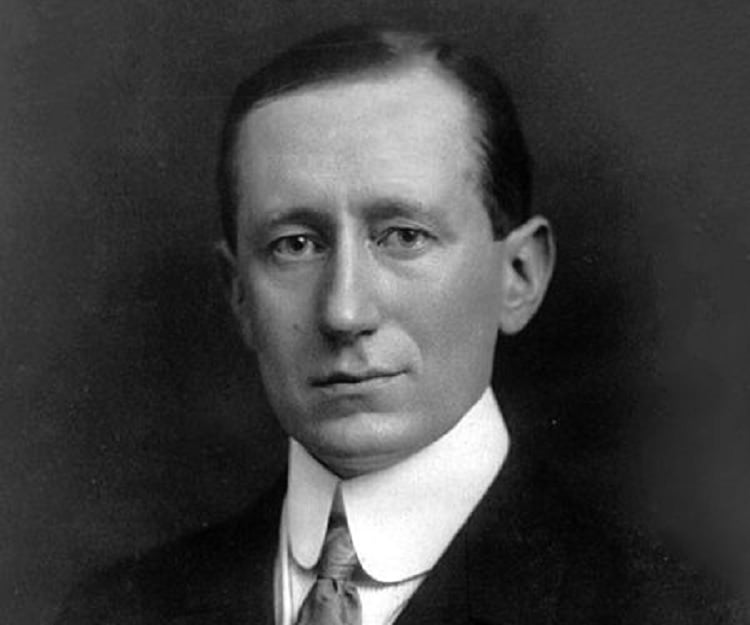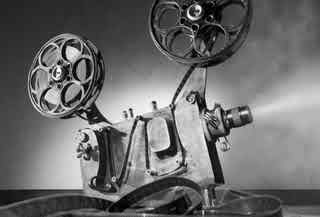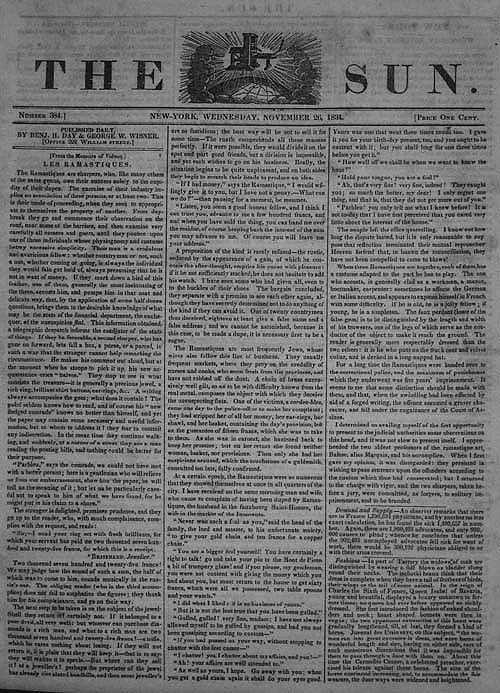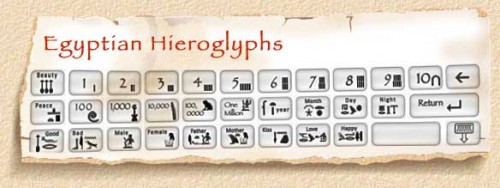Music is essential to many of our lives. It can bring us joy and can motivate us, accompany us through difficult times, and alleviate our worries (Greenberg, 2016) with the different genres from reggae, pop, rap and gospel. But what exactly is popular music? Popular music is mainly voiced and appeals to a large, and takes fancy to a younger audience. Popular music originated in its modern form in the 1950s ( Sandbox Networks).
Tin Pan Alley
Tin Pan Alley is the group of New York City music publishers and song writers who dominated the popular music (pop music) in the United States in the late 19th century and early 20th century and consisted of elite, Jewish men as Jews were not accepted in other working industries, so they decided to turn to music publishing, writing and producing. The name Tin Pan Alley came about as it was said that it referred to the sounds of piano furiously pounded by the song pluggers, who demonstrated tunes to publishers and the name soon became linked with American pop music in general. Tin Pan Alley songs always had the same template and length, they had 32 bars and 4 bar phrases and most pop music up to this day are done in 4 bar phrases. Outside of producing music Tin Pan Alley also produced Broadway musicals
Synch and modern rights in Tin Pan Alley
Labels and publishers signed deals with techs for payment. No one outside of Tin Pan Alley knows the cut of payment to the labels and publishers.
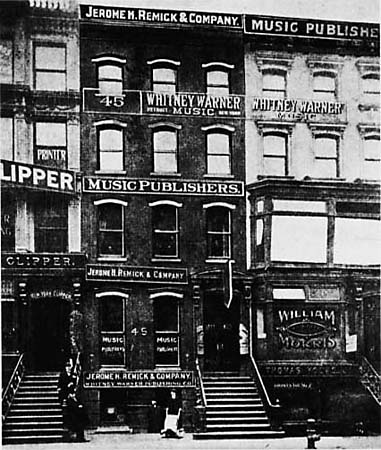
How the artist and producers are paid in the industry
When a record label is given a percentage of money, they then pay everyone a piece from the percentage they have. However the money they pay them with is not a lot which then results in workers looking for different ways to earn cash; Some do advertising, others depend on the views on YouTube and branding.
Mechanical Rights
With mechanical rights or a mechanical licence one is granted the right to distribute copyrighted material .e.g. Songs, tapes, and ringtones just to name a few. When an artist or anyone wants to use material that was not written or produced by them, obtaining a mechanical licence would grant them legal usage of the piece. This method is beneficial for the record label. why? because it is the work of the record label that is being sold to the purchasers

Music writers had access to a new mass market audience beyond live performances as they had printed sheet music. After sheet music, the publisher’s earnings included music royalties. The sales of popular sheet music were the basis of the first music chart and provided good income beyond world war two. However, record deals remained miserly and more artist wrote their own songs to earn extra money. And music publishers of today still dominate the music industry and remain a useful service supplier to composers.
Photo Credit
Publisher and Artist Payment
http://www.bemuso.com/musicbiz/musicpublishers.html
Tin Pan Alley
References
2000-2017 Sandbox Networks, Inc.,Publishing as FactMonster. Retrieved from.
<https://www.factmonster.com/dk/encyclopedia/arts-and-entertainment/popular-music/>.
Greenberg, D. 2016. What is Music…Exactly?. Psychology Today. Retrieved From:
https://www.psychologytoday.com/blog/the-power-music/201608/what-is-music-exactly













